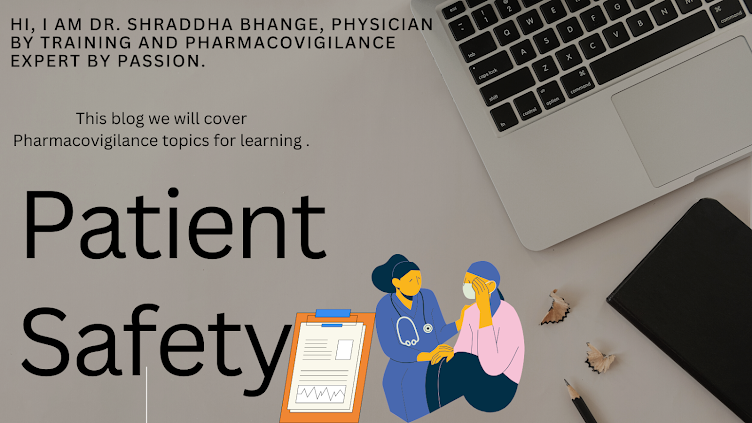Pharmacovigilance System Master File (PSMF)
PSMF is the most critical and important document in PV! But what is it?
It is literally a file; only, as the days of big binders are over, it exists in digital format.
The Pharmacovigilance System Master File (PSMF) is a detailed record of how a company (MAH) monitors the safety of its approved medicines. It is not included in the marketing authorization documents and is kept separately. It must always be ready for inspection and should be shared with authorities within 7 days if they request it.
1. Legal requirement:
As a part of the GVP module II it is mandatory for EU/EEA regions.
The PSMF should be in the EU, where the maximum of MAHs' PV activities take place, and the other option is where the QPPV (Qualified person for pharmacovigilance) resides.
Every company needs to register PSMF in the Article 57 database of the EU. Each PSMF, when submitted electronically, will generate a unique code for the PSMF when the Eudravigilance system generates a message Eudravigilance medicinal product report message system (XEVPRM). Once a marketing authorization is granted, the EVMPD code will be linked to the PSMF in the system.
A. Compliance: For new Licenses and the renewal of products and inspections
B. Transparency and consistency to showcase a working PV system
C. Documentation: QPPV details in EU/EEA. For local PSMF in other countries (different terms may be used for QPPV e.g, India, its Person responsible for PV) similar template is followed.
D. PV system- AE, RMP, SIGNAL, and end-to-end PV-related SOP and working documents on how an AE is managed and how MAH ensures patients' safety.
A similar document is required in all countries globally, which is then called the local PSMF. Usually, any global company will create an EU PSMF and then, based on it, make a Local PSMF as needed.
2. Content of PSMF
1. QPPV
2. Organizational structure of MAH
3. Sources of safety data
4. Computerized systems and databases
5. Pharmacovigilance processes
6. Pharmacovigilance system performance
7. Quality system
8. Annexures
3. Update of PSMF
Every MAH should have a process (SOP) for managing the PSMF, including draft, update and submission. In a big pharma, an independent QPPV office will manage this or for small to mid-sized companies, it will be handled by a vendor or by the same PV team. However, it is expected to have a process to set up PSMF and maintain it.
Any changes to QPPV, SOP, Vendor, agreements, or product portfolio will require an update to PSMF, logically. However, the update to PSMF frequency is dependent on each MAH. The EU regulation also defines major and minor changes. Major changes are QPPV details change, Safety database change, Org level changes (mergers, divestment), and training management system changes. Major changes to PSMF need to be implemented and communicated at the earliest to EMA. Local PSMF changes are then also implemented and communicated at the Local HA level.
Written by:
Dr.Shraddha Bhange.
Connect with me Via comments below. (I do not respond to Facebook messages)
Support the cause of better rural education with me: ThinkSharp Foundation http://thinksharpfoundation.org/#home
Guideline on good pharmacovigilance practices: Module II – Pharmacovigilance system master file (Rev. 2) 2017 Guideline on good pharmacovigilance practices (GVP) - Module II – Pharmacovigilance system master file (Rev 2)

